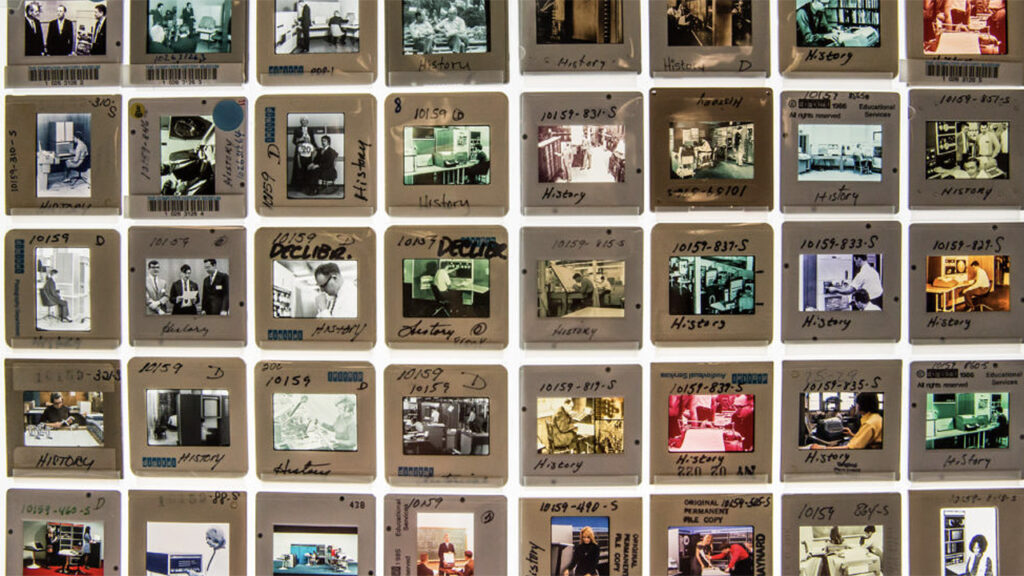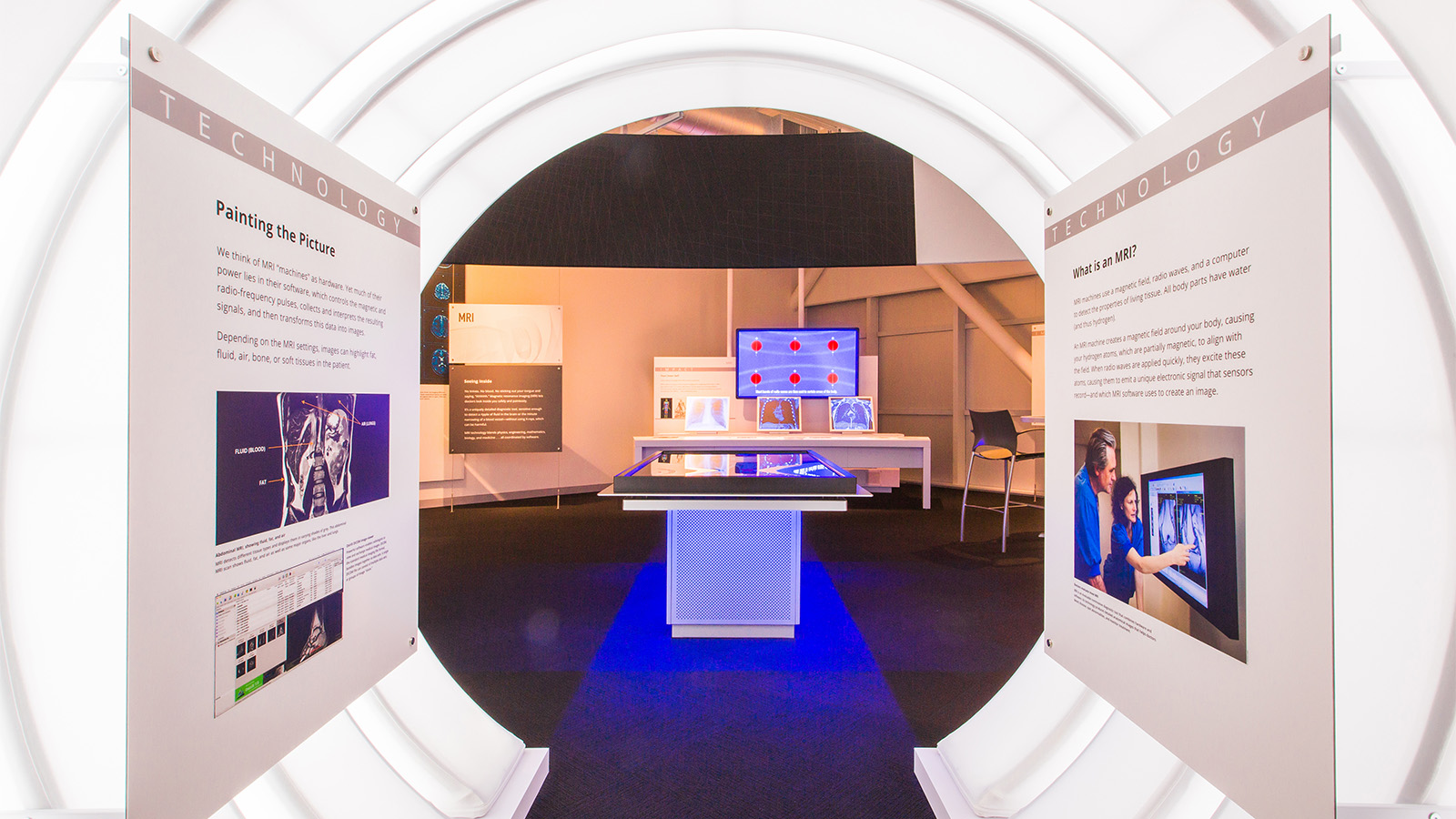Fitting for an institution dedicated to technological progress, the Computer History Museum (CHM) has been actively refreshing its digital infrastructure over the past few years. The Californian institution has unveiled a new responsive website, complete with a digital catalog, to boost visitor interactions, while internally, has upgraded its employee productivity toolset. Next on its slate? Bolstering its digital asset management (DAM) and collections management system (CMS) strategies.
In February 2021, the CHM announced a partnership with SaaS platform specialist Terentia to build out its DAM and CMS frameworks, with the aim of better managing a computing history collection that encompasses over 150,000 objects. “[These systems] are critical to help us scale, achieve high-availability, and they integrate well into our cloud-centric, open architecture,” says Dave Evans, the museum’s Chief Information Officer. “Importantly, they provide a core foundation that we will build on over time with new exhibits, experiences, and stories.”

Per Dave Evans, CHM’s CIO, the museum’s digital infrastructure will serve as “a core foundation that we will build on over time with new exhibits, experiences, and stories.” Image: Revolution: The First 2000 Years Of Computing exhibition at the Computer History Museum
A phased implementation is currently in progress, the particulars of which can be gathered at DAM and Museums 2022. The February 2 conference will feature a panel with Massimo Petrozzi, CHM’s Senior Audio/Video and Digital Archivist, and Neal Billow, Terentia’a CEO, in a discussion about the opportunities and challenges that come with managing time-based media in DAMs.
The above is all part of a process that’s vital to growing CHM into what it terms a “21st century digital museum.” As Evans emphasizes, “A museum’s ‘infrastructure’ is so much more than its four walls. It’s global, dynamic, engaging — technology helps to make it better.” Below, he elaborates on the institution’s push to future-proof its digital infrastructure.
In your view, what does a “21st century digital museum” look like?
A “21st century museum” encompasses many tenets. It includes things such as: being open and inclusive in our thinking, and ensuring content and experiences represent the full human experience; using modern technologies and solutions where it makes sense, not just for technology’s sake, utilizing immersive technologies such as AR [augmented reality] and VR [virtual reality] to build more engaging experiences; and partnering with best-of-breed solution providers that can help us with solutions that are not our strength so we can focus on those areas that are.
But, importantly, the 21st century museum is not an event — it’s a process, a mindset. You don’t check a few boxes and say, “Okay, we’re done.” We continue to learn and improve as we go.
How have pandemic-related lockdowns impacted CHM’s approach to its DAM and digital assets?
While a digital platform has always been part of our guest offering, the last couple of years have highlighted how important it is to have a digital offering that rivals in-person experiences. An engaging balance of both is important.

The CHM’s digital repository currently holds more than 150,000 items including videos, oral histories, archival documents and images, and over 100 terabytes of historic software and source code. Image: Computer History Museum
What have you noticed about how visitors use or interact with the museum’s online collection?
Perhaps a key consideration is that rarely are two users alike. Users search differently, have different interests, and like to see the content in different ways. For example, some of our users are educators, other historians, and some technology enthusiasts. But, no matter the user, it’s important to provide them the tools to search for, and consume the content on their terms.
Toward the end of CHM’s DAM build-out, how does the museum hope the integrated system can boost its internal operations?
We hope it will allow our team to manage our assets more efficiently. Improved search, better interfaces, fine-grained security will all contribute to better internal operations. The tools will also allow other groups (marketing, for example) to access assets in a secure, self-serve model, further improving productivity.
For other museums looking to refresh their own digital infrastructure, what do you recommend their key considerations be?
Look to organizations that have done this well, even those outside of your field. Start small but take measured risks. Try prototyping new ideas to see what works and what doesn’t. Perhaps machine-learning could be a formidable tool in your toolbox, or perhaps it’s more immersive experiences with AR overlaid on exhibits, or perhaps it’s just a better website.
No matter the challenge, the digital world is radically different than it was just a few years ago. There are so many more tools, technologies, and opportunities for greater experiences. Status quo is not an option. Users expect more now than they ever had. The museum field has so much opportunity for transformation.



